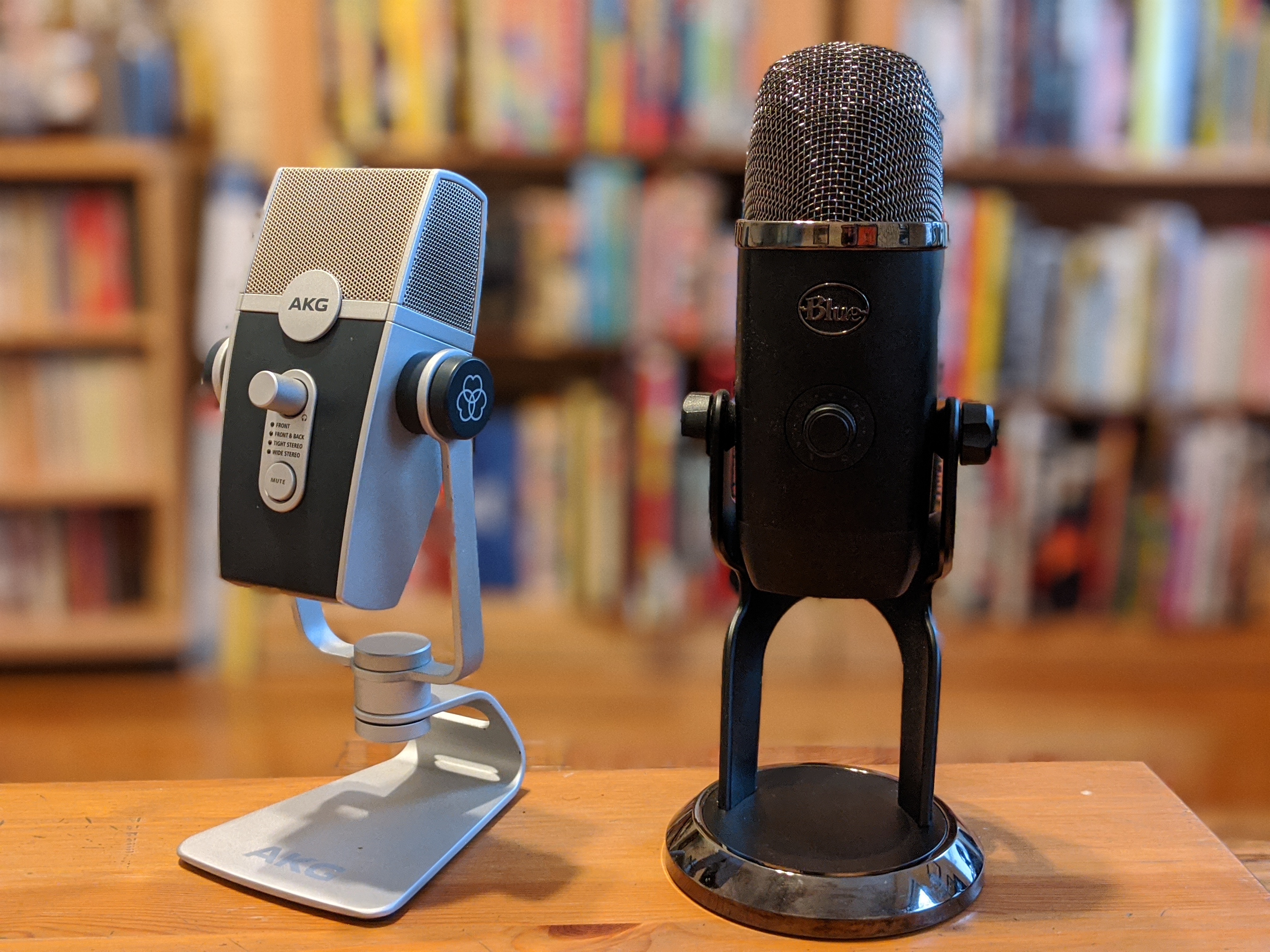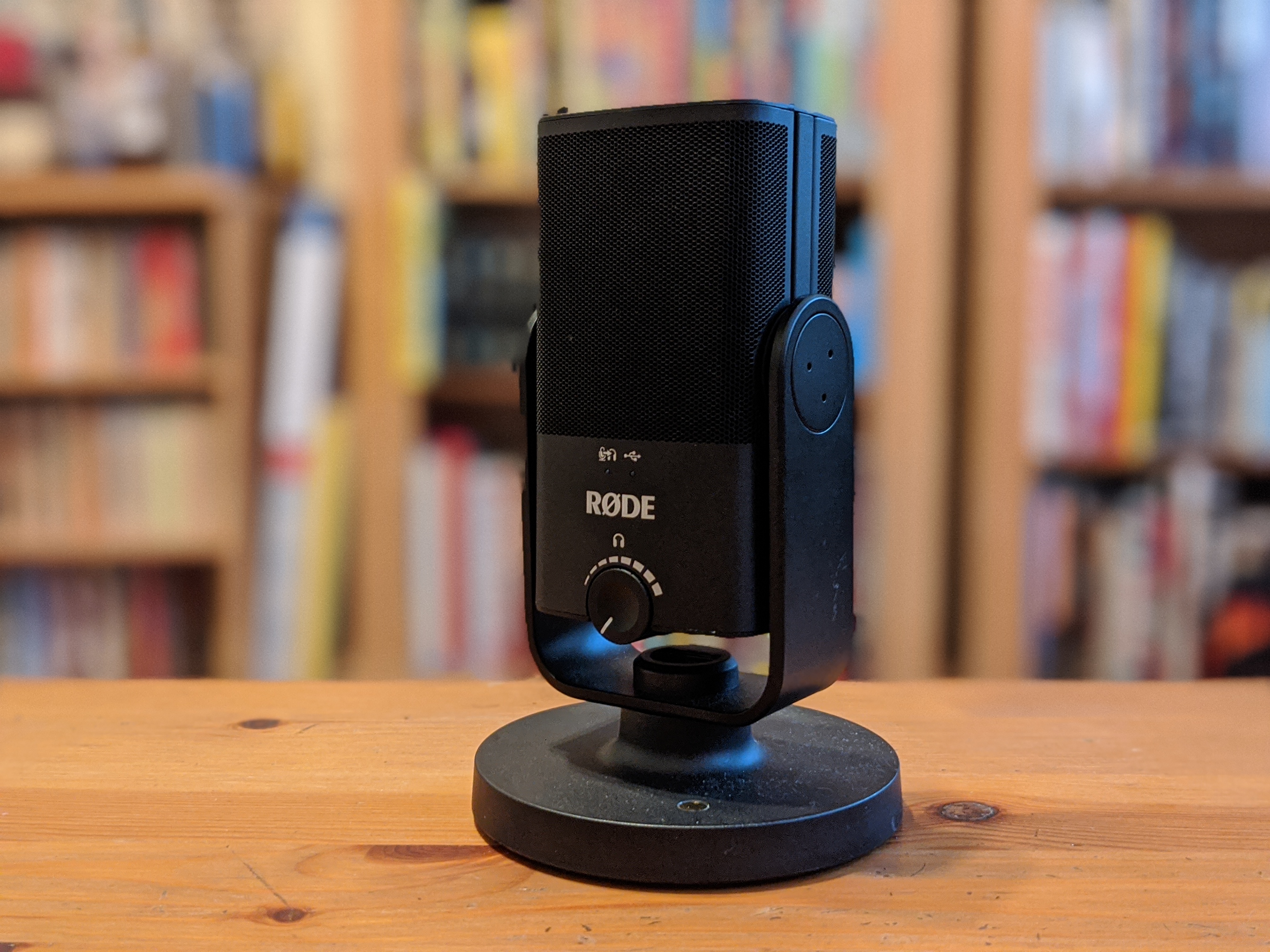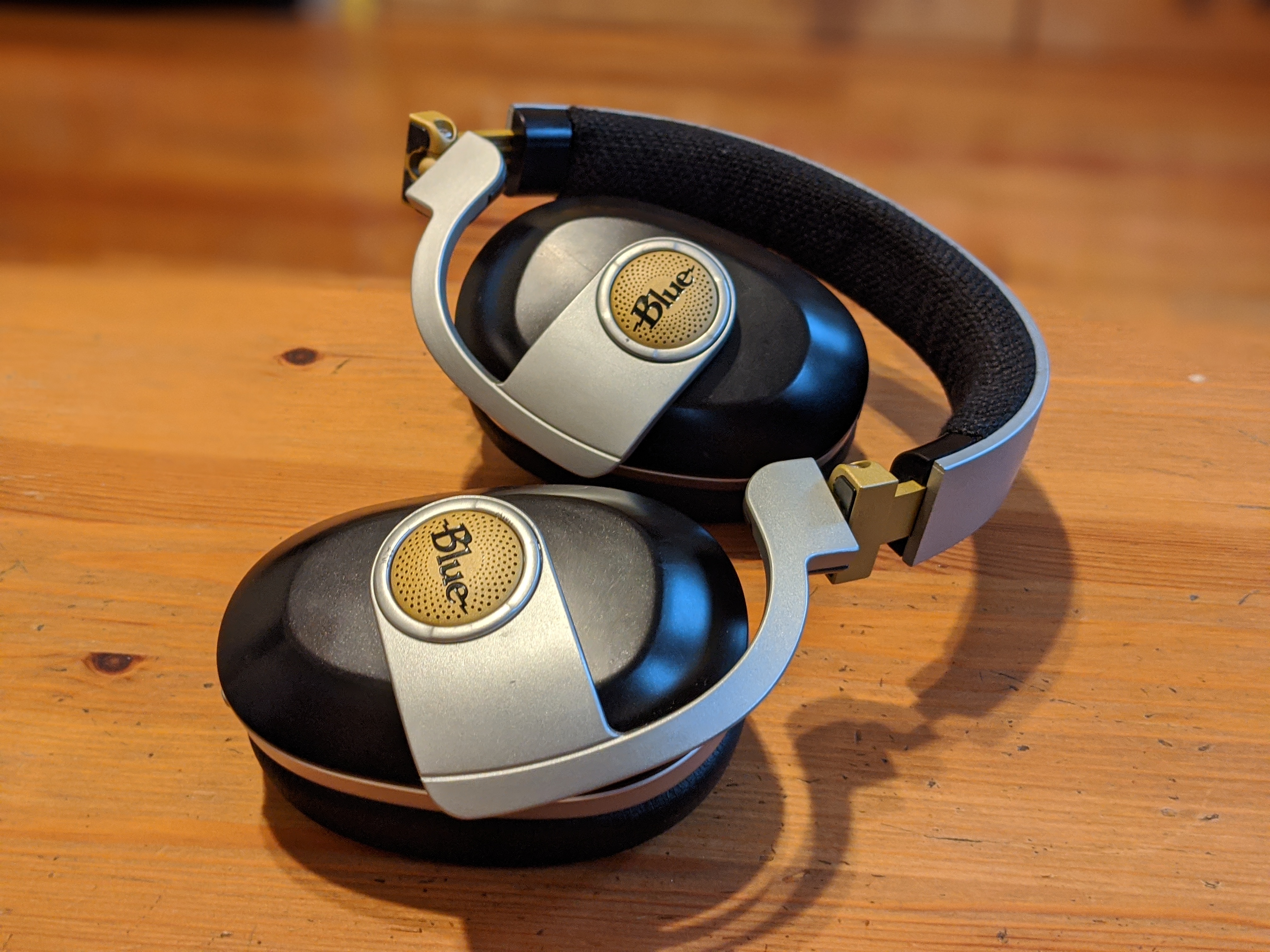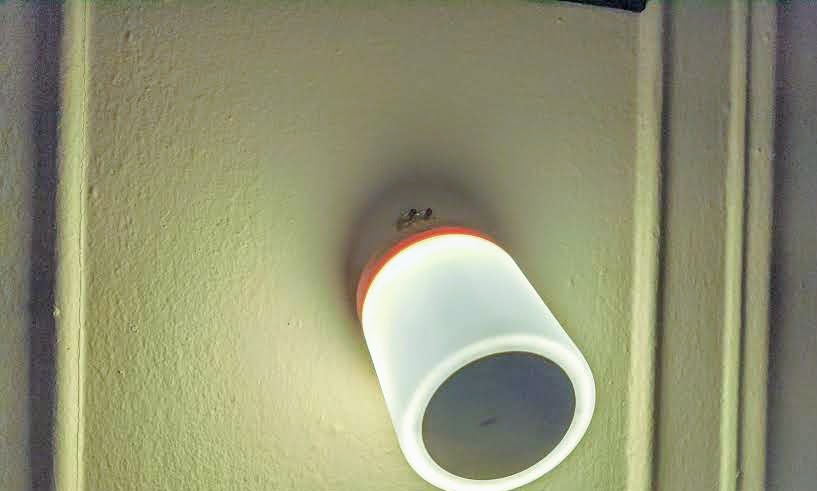How I (remotely) podcast
Over the last five-plus years of my podcast, I've turned down a number of interview offers with artists who weren't able to meet face to face. I know a lot of folks who do great podcasts remotely, and I've even done a few (relatively okay) ones myself. But there's really no replacement for being able to do an interview face to face. So much nuance is lost amongst the cloud compression algorithms.
Over the last few weeks, however, it has become increasingly clear that the option won't be available for while, as we adjust to this new normal. I've spent some of the downtime assessing the options, and the best way forward, both for my own (again, relative) sanity and, hopefully, to provide some comfort for folks who are similarly stuck at home for the foreseeable future.
Couple of caveats here. First, this one. This event is going to fundamentally alter a number of aspects of our lives for a while. Things like the way we work, socialize and consume will be different for a while. We're also going to have so, so many podcasts. Like a stupid number of podcasts from bored people attempting to be bored together. I've always felt that more podcasts is generally a net positive, but this event is certainly going to test that hypothesis.
Second is the usual caveat of this series: This is what works best for my current situation. Your mileage may vary.

One of the things I've realized in all of this is that people are pretty forgiving. Expectations shift a bit when you can flip on CNN and see conversations with pundits on bad webcams through spotty Skype connections. Suddenly a low-fidelity video podcast doesn't seem so bad. Even so, you still want to present the best product you can, even in far less than ideal circumstances.
One of the nice things about this gig is all of the hardware that comes through for testing. For those who don't have the means to pay for pricier studio options, there are now a number of solid USB microphone options on the market. Blue's stuff is generally decent quality for most of your podcasting and remote meeting needs, but a number of different companies have entered the market as well, as podcasting has exploded.

Currently I'm using the AKG Lyra. I'm pretty satisfied with the sound quality here. It's priced about the same as the Blue Yeti and $100 cheaper than the Yeti Pro. The design is pretty eye-catching, though for my set up, it's entirely out of frame. The controls on the mic are simple, a definite plus for those looking to plug and play. Lights on the front clearly indicate which of the four patterns (front, front and back, tight stereo, wide stereo) you're using. I'm sure tens of thousands of podcasts have suffered sound issues from people with decent USB mics who simply have the thing in the wrong mode.
I also highly recommend buying a clip on windscreen. The one pictured above is the EJT Upgraded Microphone Pop Filter. It has a small adjustable vise grip on the side that connects to a wide range of models. It seems like something minor, but those popped Ps make a bigger difference that you'd think while editing podcasts.

Honorable mention goes out to the powerful little Rode NT-USB Mini. It's got surprisingly great sound for its size - though less surprising coming from a company like Rode. At $99, this has replaced the Blue Raspberry as my favorite low-cost, ultra-portable mic. I fully plan to make it a fixture in my suitcase when traveling is an option again. Also worth pointing out is the clever magnetic stand that pops up to reveal threads for mounting atop a mic stand.

I am still using one important piece of Blue gear, however. I really prefer a pair of over-ear headphones for this purpose, and the Mo-Fi are big, solid and comfortable, with large earbuds that block ambient sound (I live in a New York apartment building, mind). For most intents and purposes, whatever headphones you have lying around should work, but if you plan to do this for a while, I recommend investing in a solid pair of headphones.
I've been using the webcam built into my Mac for video podcasts. Again, people are pretty forgiving. I do, however, highly recommend doing some video tests before going live. For starters, figure out what's in-frame. If you have the ability to move your computer around, find an aesthetically pleasing background. But what's just as - or perhaps even more - import is lighting.
Frankly, I'm still trying to figure out what to do with my setup. The current is" well, "jury-rigged" is probably the nicest way to say it:

Yes, it's a small bedside lamp hung from a wall stud above my computer. Yes, you can see it in my glasses' reflection when you watch the videos.
I've been using a handful of different options on the software side of things. Zencastr continues to be an excellent option for audio only. The software is custom built for podcasts and includes some excellent touches like simultaneously uploading individual tracks to the cloud. The company also greatly reduced the restrictions on their free tier to encourage amateur podcasting during this pandemic.
For another (unreleased) podcast I'm currently working on, we're all using Skype and recording locally on Audacity. One of my co-hosts had too many connectivity issues with Zencaster, so we're doing it more old-school.
This situation has found me playing around with video podcasts in earnest for the first time ever. I've been messing around with a number of different formats. My favorite so far is a combination of Zoom and YouTube Live. You'll have to pay for a premium account to stream directly to YouTube or Facebook. It's $14 a month for the lowest tier. I plan to keep subscribing at least through the end of the pandemic.
Zoom is great in that it lets you schedule a time and everyone else just has to log in. If you have a premium subscription, attendees can also dial in, in addition to the full webcam treatment. I recommend doing a couple of unlisted trial videos to make sure everything is up and running before you go live for the world. Also, have attendees call in a few minutes before the listed start time to make sure everything is working for everyone.
You'll need to give yourself at least 24 hours for Zoom to connect to your Google/YouTube account, so I recommend doing that a couple of days in advance so you have time to troubleshoot.
Once you're live, YouTube's studio makes it easy to monitor the stream, comments and the like. I generally just set it to gallery mode to keep everyone on screen the entire time, save for musical performances, when I switch over to the single camera. Unfortunately, the watermark is present, unless you upgrade to a higher tier, but otherwise it does the trick. When you're done, there's a basic editor on board to trim the beginning and end of the broadcast.
These are, perhaps, not the most elegant solutions, but, again, people tend to be pretty forgiving about this stuff in the current climate. Sometimes they're just happy to have someone keep them company - even if it's only virtually.
